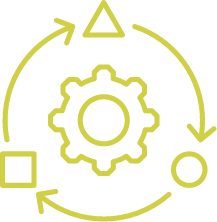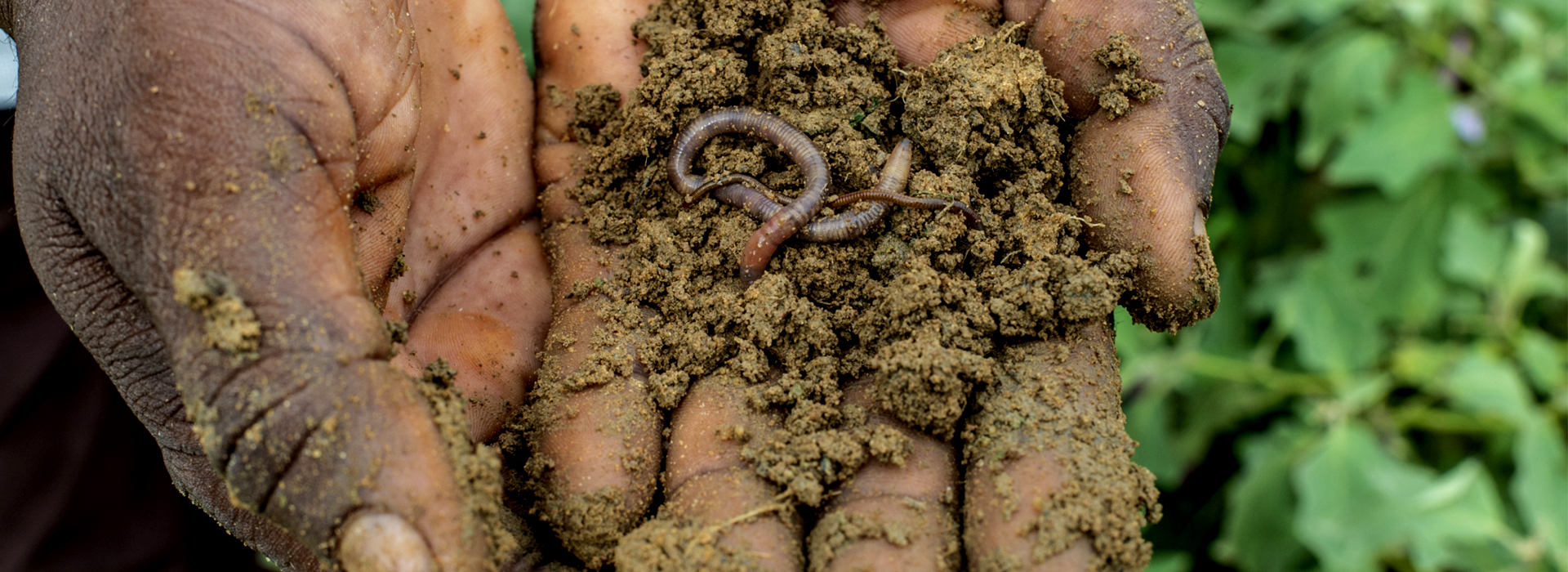Latest Videos

Inaugural session of Food Systems Dialogue India 2023
Watch Video

‘Reimagining Agriculture as an Engine for Future Growth’ - Prof. Ramesh Chand
Watch Video

The current food system in India is fragmented in multiple ways: numerous small-sized landholdings and widespread subsistence farming; variations in availability of agricultural inputs, from fertilizers to credit and knowledge; varying status of marketing and logistical infrastructure across regions; co-existence of modern trade practices with large informal system of local moneylending. Further, varying government regulations across states create complexities in both policy making as well as for private enterprises. This lack of coherence has led to key failures: in respect of agriculture, it is lack of growth and modernisation, and livelihood security, especially for small and marginal farmers; in respect of the people, lack of affordable and nutritious food; and for the environment, unsustainable use of natural resources and need for biodiversity conservation.
It is imperative that a spectrum approach is undertaken towards food, and all its associated activities are seen as a unified organic system. As the cornerstone of the Indian food system, challenges with the agriculture sector must be addressed foremost, which imply transformation in how food is produced, distributed and consumed. This entails changes in both the policy outlook and field practices. A concerted effort towards this transition would not only support food and nutrition security but also social and economic equity for all stakeholders, and a sustainable environment. FOLU India works towards this systems transition with both the government as well as grassroot-level stakeholders, balancing both the bottom-up and top-down approaches.

hidden environmental, health and
socio-economic costs of global food and
land-use systems annually
of total agricultural land
under organic farming
of groundwater in India is
used in agricultural production
average annual increase
in land degradation
average increase in pesticide
consumption between 2010-20
agricultural households
that are in debt